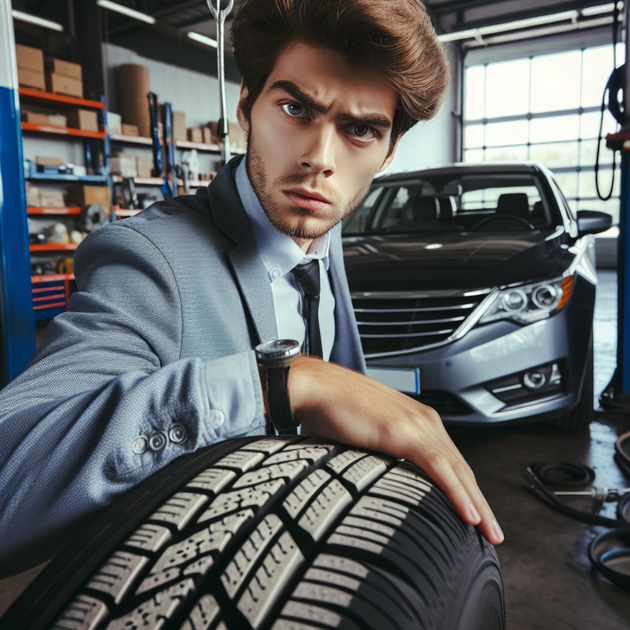Ever leave an alignment shop thinking your problem’s finally fixed… only to have your car still pull to the left on the drive home? You’re not imagining things—this is a common (and seriously frustrating) issue for many drivers. If you’re wondering “why does my car still pull to the left after two alignments?”, let’s unpack what could really be happening under your wheels.
What’s Really Behind a Car That Pulls Left?
Getting a wheel alignment is supposed to solve steering pulls. But when your car keeps drifting left—even after two shops have “fixed” it—it’s time to look deeper. While improper alignment is often blamed first (and sometimes mechanics do miss something), there are other sneaky culprits:
- Worn suspension parts: Ball joints, tie rods, bushings or control arms with play can throw off alignment numbers as soon as you hit a bump.
- Uneven tire wear or mismatched tires: A bad tire or different tread patterns side-to-side can cause constant pulling.
- Brake issues: A sticking caliper on one side can drag the car off course.
- Frame or subframe damage: If you’ve ever hit a curb hard or had an accident—even one you thought was minor—the structure could be bent.
- Alignment shop limitations: Sometimes shops don’t check everything (or skip road testing). Not all “alignments” are equal!
You’re definitely not alone in this—just ask anyone who’s spent more time in waiting rooms than behind the wheel.
Why Two Alignments Didn’t Fix It
So why didn’t those two alignments stop your car from pulling left? Here are some real-world reasons:
– **Equipment can only do so much:** If there’s looseness in your suspension or steering parts, the moment you drive away from the shop, things shift back out of spec.
– **Shops may skip checking for worn parts:** Some techs will adjust angles but won’t dig deeper unless you ask—or unless they see something obvious.
– **Tires matter more than you realize:** Even small differences in air pressure or tread depth between front tires can make a huge difference.
A friend of mine with an old Honda Accord went through exactly this. She got an alignment at her regular mechanic—still pulled left. Tried another shop with fancy equipment—same result. Turns out her lower control arm bushing was shot on one side; every bump knocked things out of whack again!
How You Can Troubleshoot When Your Car Pulls Left
Before booking a third alignment (or throwing money at random repairs), here are some steps you can take—or ask your mechanic about:
- Check tire condition and pressure: Make sure both front tires match in size and tread pattern and are inflated equally.
- Swap front tires side-to-side: If the pull changes direction, it’s likely a tire issue.
- Inspect for loose suspension components: With the wheels off the ground, wiggle them by hand (side-to-side and up-and-down). Any movement means something’s worn out.
- Look for brake drag: After a short drive (without much braking), check if one front wheel is hotter than the other.
- Mention frame damage concerns: If there’s any history of impacts or accidents, ask for a frame inspection.
Don’t be afraid to ask your mechanic for printouts of both alignment specs—sometimes comparing before/after numbers shows if something isn’t staying put.
A Real Driver’s Frustration—and What Finally Worked
I once helped a neighbor who went through three alignments at different shops because his sedan kept veering left on flat roads. He was convinced every shop was incompetent! But after checking his suspension myself (just jacking up each corner and shaking things), we found play in his tie rod end—a cheap part that made all those previous alignments pointless since nothing stayed lined up. One $40 repair later, his steering wheel was straight as an arrow.
The point? Sometimes it isn’t about finding “the right shop”—it’s about fixing what won’t let any alignment hold.
The Bottom Line: Don’t Give Up Yet!
If your car still pulls to the left after multiple alignments, don’t lose hope—or keep paying for fixes that don’t last. Get those suspension and steering parts checked thoroughly before another adjustment. Ask questions and compare those spec sheets yourself if needed.
Have you ever solved a weird steering pull like this? Share what worked (or didn’t!) below—I’d love to hear how others cracked this annoying mystery.

Leave a Reply